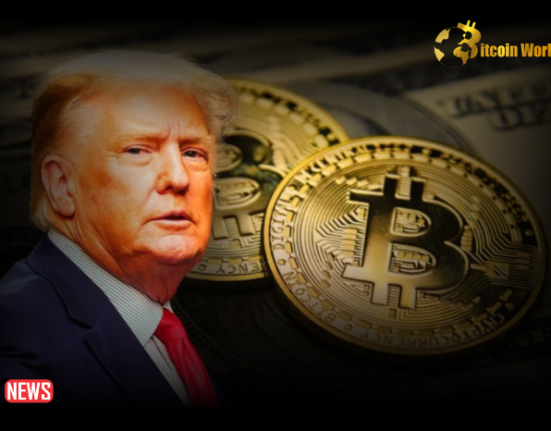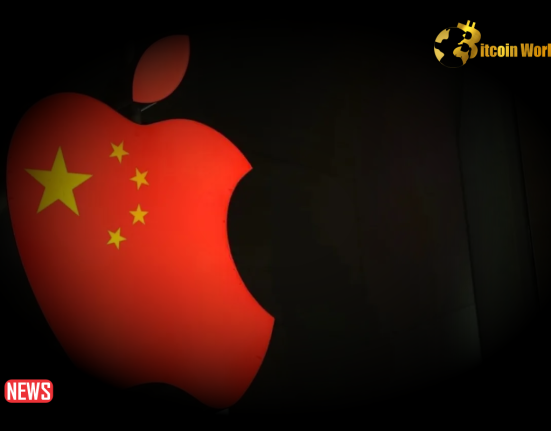Chinacoins, also referred to as China’s Central Bank Digital Currency (CBDC), represent the digital representation of the Chinese yuan, the country’s official fiat currency. But before we get into how Chinacoins were created, let’s take a look at the country’s early forays into the cryptocurrency world.
China was initially cautious in the development and application of blockchain technology. Among the technology’s best-known attributes are the relative anonymity and immutability of the information, as every blockchain transaction has a digital record and signature that can be identified, validated, stored and shared. This technology could therefore become a double-edged sword for the Communist Party of China (CPC), as it goes against the government’s efforts to censor content it considers sensitive and, in more general terms, efforts to assert its cyber-sovereignty.
However, despite initially being concerned about the emergence of blockchain technology, China’s central government has come to regard it as an opportunity, as has been the case with most developing technologies. Since the release of the 13th five-year plan in 2016 and the first White Paper on Blockchain Technology and Application Development by the Ministry of Industry and Information Technology in the same year, the CPC has increasingly considered blockchain as an economic, political, and geopolitical asset for the country if ‘guided’ well.
Chinacoins Popularity:
Digital currencies have grown in popularity in recent years, changing the way people view and perform financial transactions. Chinacoins, a digital currency effort of the People’s Bank of China (PBOC), is one such digital currency that has piqued the world’s interest. Chinacoins reflect China’s bold attempt to transform its financial landscape and develop a digital currency that has the potential to impact the global economy. In this post, we will go into the complexities of Chinacoins, its features, possible impact, and potential obstacles.
The Genesis Of Chinacoins:
The idea of Chinacoins came from the awareness that conventional monetary units have numerous restrictions in a digitally connected society. The PBOC saw the need to adapt to the changing financial world and went on a path to create a digital currency that would be secure, efficient, and provide better control over monetary policy.
Centralized Control:
Unlike decentralized cryptocurrencies such as Bitcoin, Chinacoins are supposed to be centralized, enabling the PBOC full control over the currency’s issuance, circulation, and management. This provides the Chinese government with an effective means of monitoring and regulating financial transactions. Chinacoins use a dual-tier structure in which the PBOC issues digital currency to commercial banks, who then distribute it to the public. This framework helps to preserve the present banking system while incorporating the benefits of digital money.
Wallets:
Individuals and businesses can store their Chinacoins in digital wallets, which are accessible through multiple means such as cellphones and electronic devices, to simplify transactions. This method encourages ease of use and widespread acceptance.
Security And Privacy:
Chinacoins employ powerful cryptography techniques to provide secure and confidential transactions. Chinacoins’s technology is expected to provide effective protection against counterfeiting and fraud while ensuring user privacy to the level set by the government.
Potential Impact:
Chinacoins have the potential to improve financial inclusion by giving individuals who are currently unbanked or underbanked access to financial services. Because Chinacoins are digital, they do not require traditional bank accounts, making it easier for underprivileged communities to engage in the formal financial system.
Potential Impact:
Chinacoins have the potential to improve financial inclusion by giving individuals who are currently unbanked or underbanked access to financial services. Because Chinacoins are digital, they do not require traditional bank accounts, making it easier for underprivileged communities to engage in the formal financial system.
Cross-Border Transactions:
The use of Chinacoins may simplify cross-border transactions, lowering transaction costs and increasing efficiency. This discovery has the potential to have a substantial impact on global trade and commerce, particularly for China, the world’s largest economy.
Monetary Policy Instruments:
Chinacoins provide the Chinese government with an effective tool for implementing and changing monetary policy. Real-time transaction tracking can provide significant insights into consumer behavior and economic patterns, as well as enabling targeted governmental responses.
Concerns About Privacy:
Because Chinacoins are centralized, the government has the ability to monitor and potentially restrict individual transactions. For general acceptance, the correct balance of privacy and governmental control will be critical.
Technological Infrastructure:
Scaling the digital money to support China’s large population represents a significant technological hurdle. It is vital for the development of Chinacoins to ensure that the underlying infrastructure can manage the transaction volume and is secure from cyber threats.
International Acceptance:
Because of concerns about China’s impact on the global financial system, encouraging foreign acceptance of Chinacoins may face opposition. To overcome these obstacles, trust must be built and collaborations formed with other countries.
Conclusion:
The Chinese government has established its own digital currency, the digital yuan, as part of this dual policy, which is discussed in the first part of the Brief. It also dislikes bitcoin, which is based on a fully decentralized sort of blockchain. Although blockchain is best recognized as the technology underlying bitcoin, the Chinese government’s approach to blockchain is far-reaching and extends far beyond cryptocurrencies. It supports the use of the technology in a wide range of disciplines, from energy conservation to urban management and law enforcement, and aspires to be the world leader in the field.
In October 2019, China’s President Xi Jinping stated at a Politburo study session that he wants the country to be a ‘rule-maker’ on blockchain, implying that this technology will increasingly become a key arena in the country’s race against the United States for technological supremacy. Over the previous two years, blockchain has been a rapidly rising sector in China.














